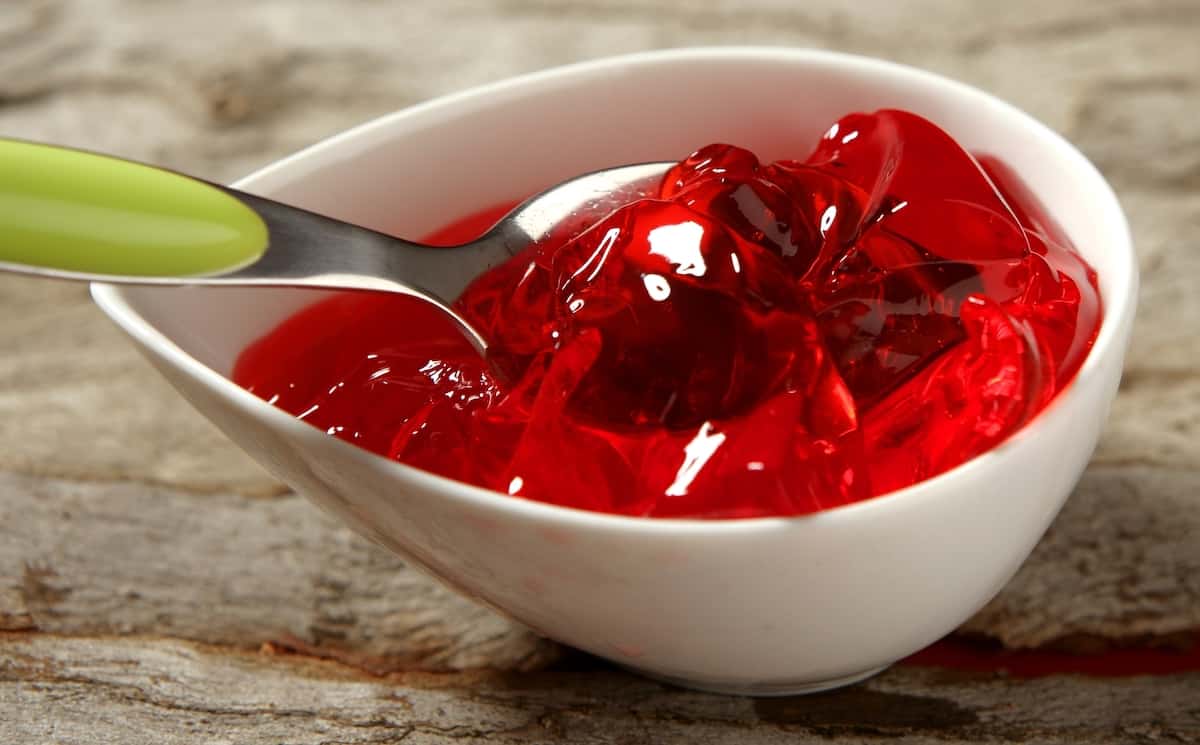

Articles
How Long For Jello To Set In Freezer
Modified: January 6, 2024
Discover how long it takes for jello to set in the freezer with informative articles. Get insights and tips on achieving the perfect jello consistency.
(Many of the links in this article redirect to a specific reviewed product. Your purchase of these products through affiliate links helps to generate commission for Storables.com, at no extra cost. Learn more)
Introduction
Welcome to the fascinating world of Jello! Whether you’re preparing a fun treat for a special occasion or simply craving a refreshing dessert, Jello is a versatile and delicious option. One of the most common questions when making Jello is how long it takes for it to set in the freezer.
In this article, we will explore the factors that affect Jello’s setting time, the role of freezing in the process, and provide helpful tips to speed up the setting time if you’re in a hurry. So, let’s dive in and uncover the secrets to achieving the perfect Jello consistency!
Key Takeaways:
- Speed up Jello setting in the freezer by using cold liquid, quick-set gelatin, and smaller portions. Avoid common mistakes like inadequate gelatin dissolution and overfreezing to achieve the perfect consistency.
- Freezing Jello significantly reduces setting time, but can result in a firmer texture. Follow recommended freezing times and proper sealing techniques to enjoy a quick set without compromising on taste and texture.
Read more: How To Store Jello
Factors Affecting Jello Setting Time
Several important factors can influence the setting time of Jello. By understanding these factors, you can better manage your expectations and ensure a successful Jello-making experience.
- Temperature: The temperature at which you prepare your Jello mixture plays a significant role in its setting time. When preparing Jello, it is important to dissolve the gelatin mix in hot water or juice but allow it to cool slightly before pouring it into your mold. Extreme temperatures, whether too hot or too cold, can affect the setting process.
- Type of Gelatin: Different types of gelatin have varying setting properties. Regular powdered gelatin is the most common type used in Jello recipes. However, there are also quick-set gelatins that require less time to set. It is essential to follow the instructions on the gelatin package to ensure the proper setting time.
- Proportions and Ingredients: The proportions of water or juice to gelatin and the addition of other ingredients can impact Jello’s setting time. Adding more gelatin to the mixture will generally result in a firmer set. Likewise, acidic ingredients such as lemon juice can lengthen the setting process, while dairy products can interfere with setting altogether.
- Mold Size and Shape: The size and shape of your Jello mold can affect the setting time. A shallower mold will generally result in quicker setting compared to a deeper one. If you’re in a hurry, consider using individual molds or smaller containers to speed up the process.
- Refrigeration versus Freezing: While refrigeration is the most common method for setting Jello, freezing can significantly reduce the setting time. The cold temperature in the freezer helps solidify the gelatin faster. However, it is important to note that freezing can change the texture of Jello, resulting in a firmer and denser consistency.
By being mindful of these factors, you can control Jello’s setting time and ensure a successful outcome. However, if you’re looking for a quicker setting time, freezing might be your best option. Let’s explore the role of freezing in Jello’s setting process in the next section.
The Role of Freezing in Jello Setting
Freezing plays a crucial role in speeding up the setting time of Jello. When Jello is placed in the freezer, the cold temperature causes the gelatin molecules to solidify more rapidly. This is because the low temperature inhibits the movement of the molecules, allowing them to align and form a solid structure.
While refrigeration typically takes several hours for Jello to fully set, freezing can significantly reduce the setting time to just a fraction of that. It is important to note, however, that freezing can alter the texture and consistency of Jello. The longer you freeze it, the more it will solidify and result in a firmer, denser Jello.
When freezing Jello, ensure that it is covered or sealed properly to prevent any undesirable flavors or odors from seeping into the mixture. You can use plastic wrap or aluminum foil to cover the Jello before placing it in the freezer. Additionally, using individual molds or smaller containers can further expedite the freezing process.
Remember that freezing Jello is not recommended if you want to achieve the traditional soft and jiggly texture. Freezing is best suited for situations where time is limited, and you need a quick set for your Jello-based creations.
Now that we understand the role of freezing in Jello’s setting process, let’s explore the recommended freezing time for optimal results in the next section.
Recommended Freezing Time for Jello
The recommended freezing time for Jello can vary depending on several factors, including the size of the mold, the type of gelatin used, and your desired texture. However, as a general guideline, Jello typically takes around 2 to 4 hours to set in the freezer.
If you’re using a shallow mold or individual molds, the Jello may set even faster, potentially within 1 to 2 hours. On the other hand, deeper molds or larger quantities of Jello may require the full 4 hours or even longer to achieve a fully set consistency.
It’s important to periodically check the Jello during the freezing process to ensure that it has reached the desired level of firmness. You can do this by gently pressing your finger on the surface of the Jello. If it leaves an indentation, it may need more time in the freezer. Once the Jello is set to your liking, remove it from the freezer and let it thaw slightly in the refrigerator before serving.
Keep in mind that freezing Jello for an extended period of time can result in a much firmer texture compared to refrigeration. If you prefer a softer and more traditional Jello consistency, it is generally recommended to use refrigeration rather than freezing.
Now that you know the recommended freezing time for Jello, let’s explore some tips for speeding up the Jello setting process in the freezer.
Jello will not set in the freezer. It needs to be placed in the refrigerator for 4-6 hours to set properly. Placing it in the freezer will not allow it to set properly and may result in a different texture.
Tips for Speeding Up Jello Setting in the Freezer
If you’re in a hurry and need your Jello to set quickly in the freezer, there are a few tips you can follow to speed up the process:
- Use cold liquid: Instead of using hot water to dissolve the gelatin mix, try using cold water or juice. Cold liquids can help lower the initial temperature of the Jello mixture, which can lead to faster setting in the freezer.
- Opt for quick-set gelatin: Consider using quick-set gelatin that is specifically designed to reduce the setting time. These types of gelatin usually contain additional ingredients or enzymes that help accelerate the solidification process.
- Divide into smaller portions: Instead of pouring the entire Jello mixture into one large mold, divide it into smaller individual portions or smaller molds. This allows for quicker and more even freezing, resulting in faster setting times.
- Ensure proper sealing: Make sure to cover the Jello mold or container tightly with plastic wrap or aluminum foil before placing it in the freezer. Proper sealing prevents the formation of ice crystals and helps maintain the integrity of the Jello structure.
- Place in the coldest part of the freezer: Position the Jello mold in the coldest part of your freezer, typically the back or the bottom shelf. This area tends to have the lowest temperature, ensuring faster freezing and setting of the Jello.
- Freeze in advance: Plan ahead and freeze your Jello the night before you need it. This will allow ample time for it to set and ensure that it’s ready when you need it.
By following these tips, you can significantly reduce the setting time of Jello in the freezer. However, it’s important to keep in mind that freezing can alter the texture of Jello, resulting in a firmer consistency. If you prefer a softer and more traditional Jello texture, refrigeration is the preferred method.
Avoid these common mistakes to ensure a successful Jello-making experience in the freezer.
Read more: How To Store Jello Shots
Common Mistakes to Avoid
When it comes to setting Jello in the freezer, there are a few common mistakes that can affect the outcome. By avoiding these mistakes, you can ensure a smooth and successful Jello-making experience:
- Not dissolving the gelatin properly: It’s crucial to fully dissolve the gelatin mix in hot water or juice before cooling and freezing. Failing to dissolve the gelatin properly can result in uneven setting or clumps in the final Jello.
- Using too much liquid: Adding excessive amounts of liquid to the Jello mixture can dilute the concentration of gelatin, leading to a longer setting time. It’s important to follow the instructions on the gelatin package and use the recommended ratios of water or juice to gelatin.
- Skipping the cooling step: After dissolving the gelatin in hot water or juice, allow it to cool slightly before pouring it into the mold. Pouring hot or warm liquid into the freezer can result in uneven freezing and affect the overall texture of the Jello.
- Using the wrong type of gelatin: Different types of gelatin have varying setting properties. Make sure to use the recommended type of gelatin specified in the recipe or follow the instructions on the gelatin package. Using the wrong type of gelatin can result in unexpected setting times.
- Overfreezing the Jello: Leaving the Jello in the freezer for too long can result in an excessively firm and icy texture. It’s essential to monitor the setting process and remove the Jello from the freezer as soon as it is set to your desired consistency.
- Not properly covering or sealing the Jello: When placing the Jello in the freezer, make sure it is tightly covered or sealed with plastic wrap or aluminum foil. This helps prevent freezer burn, off-flavors, and maintains the integrity of the Jello structure.
By avoiding these common mistakes, you can set your Jello in the freezer with confidence and achieve the desired texture and consistency. Now, let’s wrap up our discussion.
Conclusion
Setting Jello in the freezer can be a convenient and efficient way to achieve a quick set for your delicious dessert. By considering the factors that affect Jello’s setting time, understanding the role of freezing, and following the recommended freezing time, you can successfully create perfectly set Jello in less time.
Remember to take into account the temperature, type of gelatin, proportions, and the size and shape of your mold when preparing Jello. While refrigeration is the traditional method for setting Jello, freezing can significantly reduce the setting time, allowing you to enjoy your treat sooner.
By implementing the tips mentioned in this article, such as using cold liquid, opting for quick-set gelatin, and dividing the Jello into smaller portions, you can expedite the setting process in the freezer. However, keep in mind that freezing can result in a firmer texture compared to refrigeration, so adjust accordingly based on your preference.
To ensure success, avoid common mistakes such as inadequate gelatin dissolution, using excessive liquid, skipping the cooling step, using the wrong type of gelatin, overfreezing, and not properly sealing the Jello.
Now that you have a comprehensive understanding of setting Jello in the freezer, it’s time to put your knowledge into practice. Whether you’re preparing a sweet treat for a gathering or indulging in a personal craving, you can now confidently set your Jello in the freezer and enjoy its delightful consistency. Happy Jello-making!
Frequently Asked Questions about How Long For Jello To Set In Freezer
Was this page helpful?
At Storables.com, we guarantee accurate and reliable information. Our content, validated by Expert Board Contributors, is crafted following stringent Editorial Policies. We're committed to providing you with well-researched, expert-backed insights for all your informational needs.
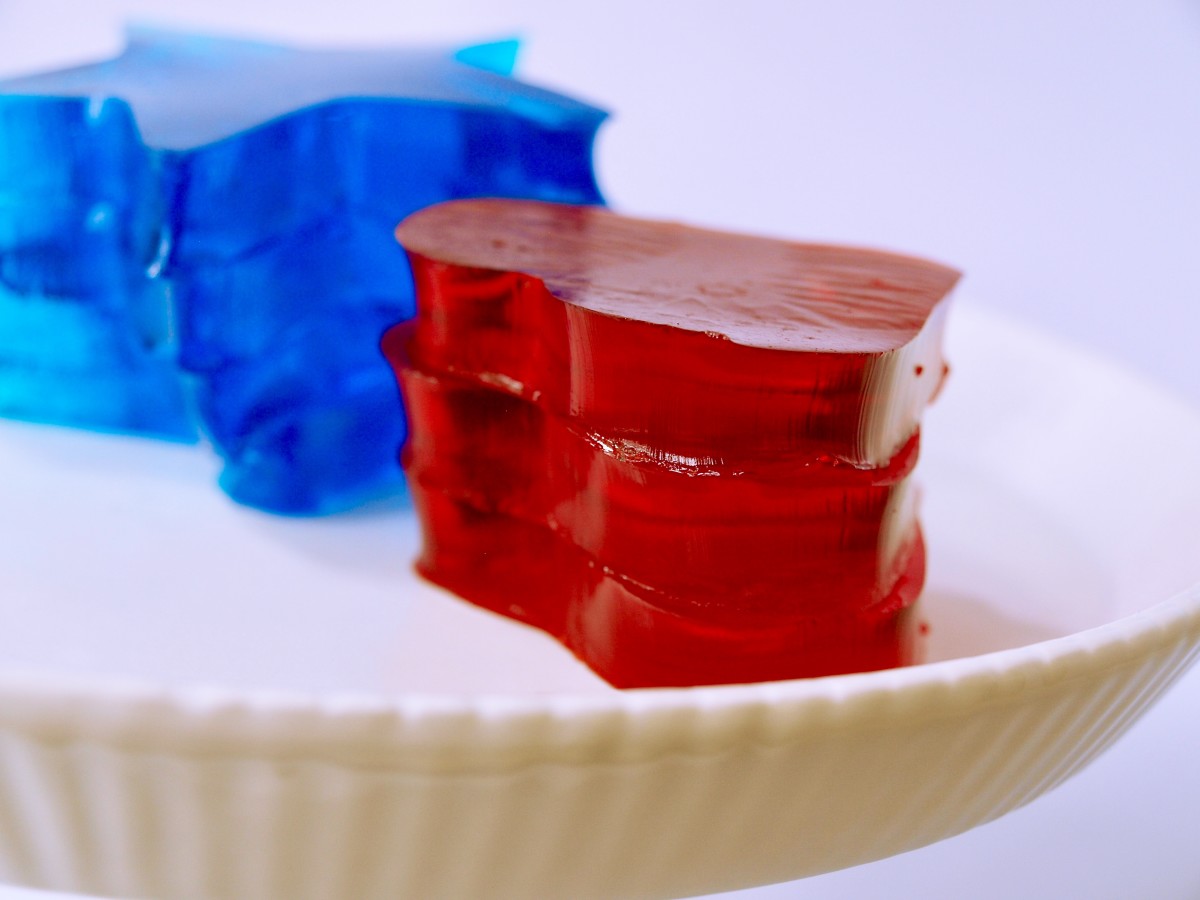
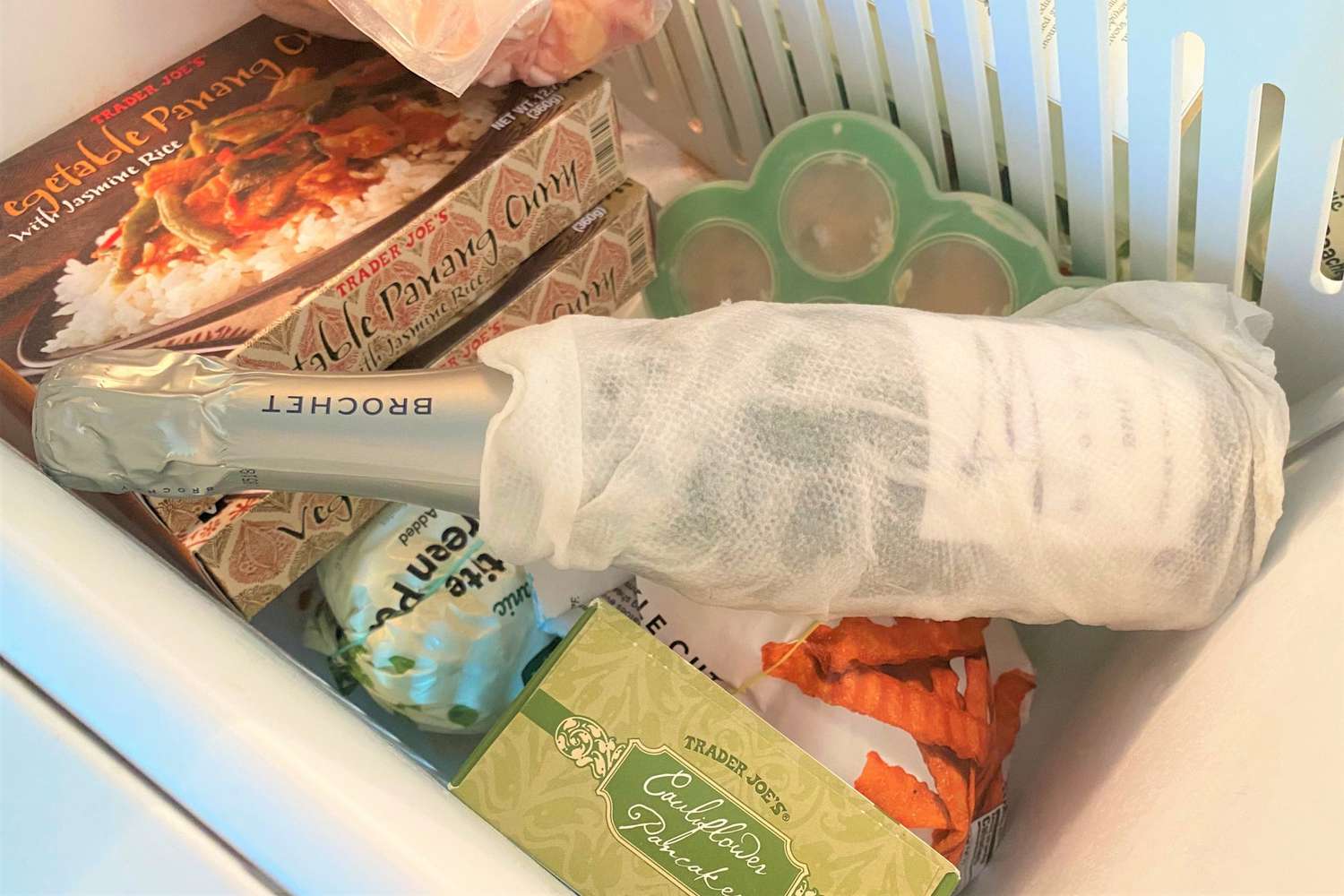
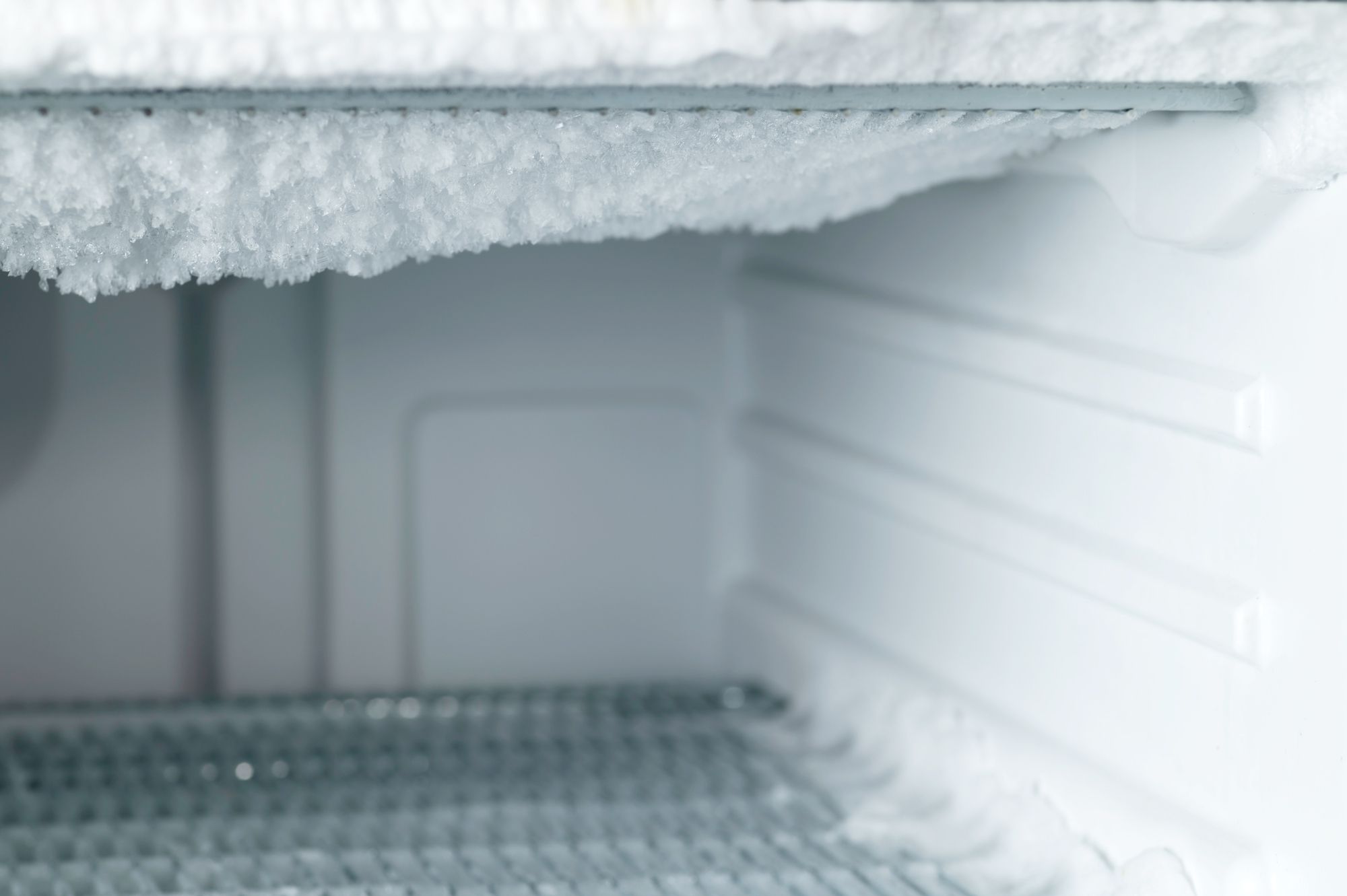
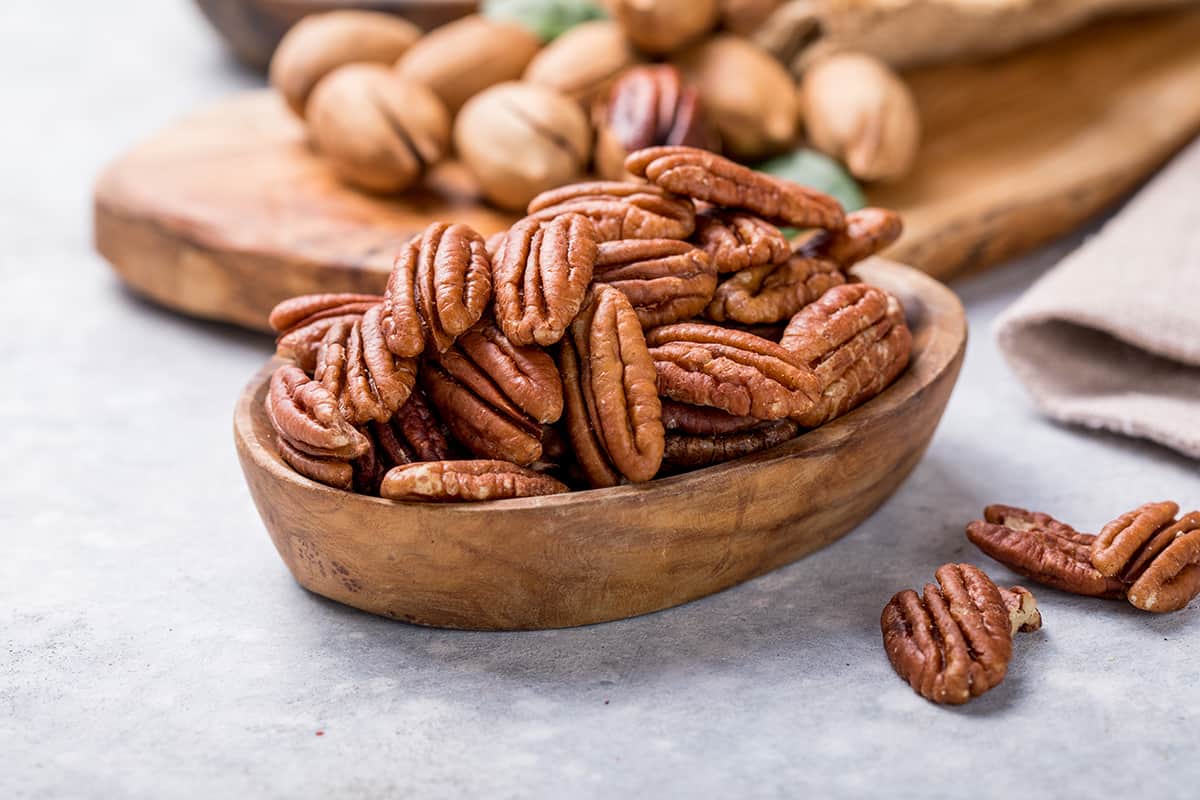
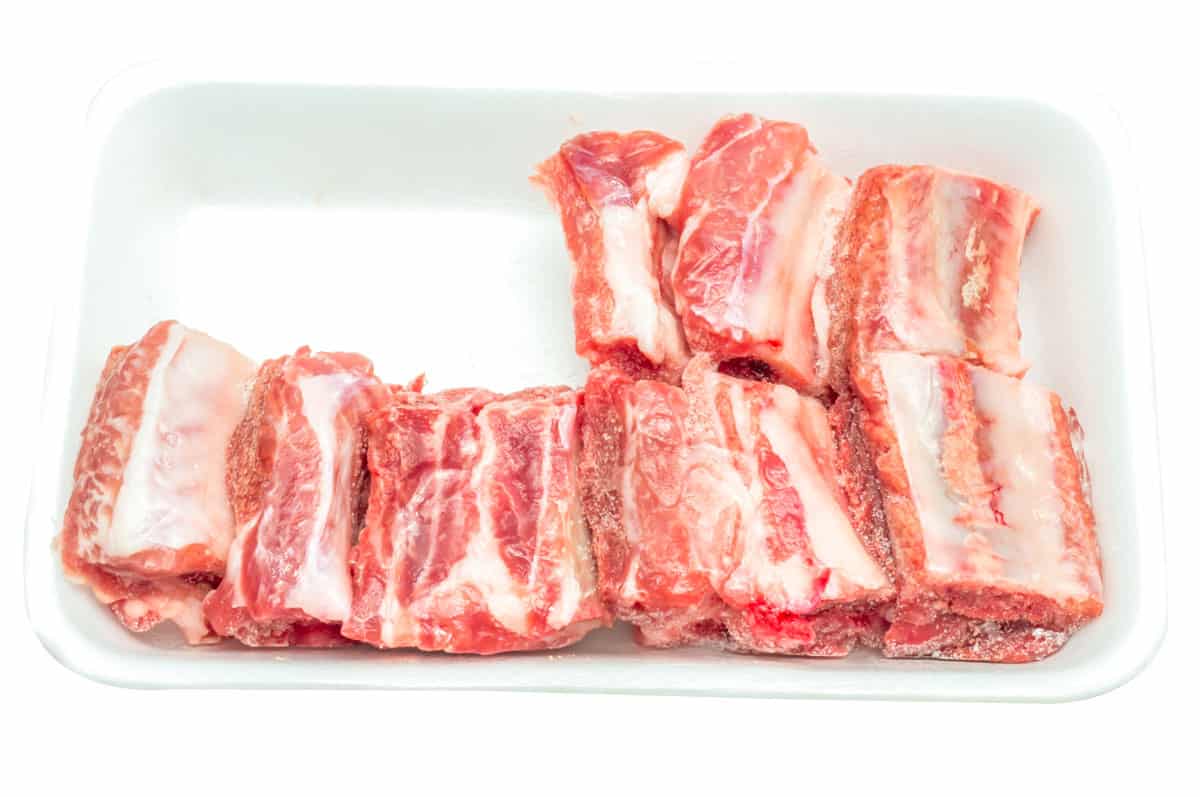
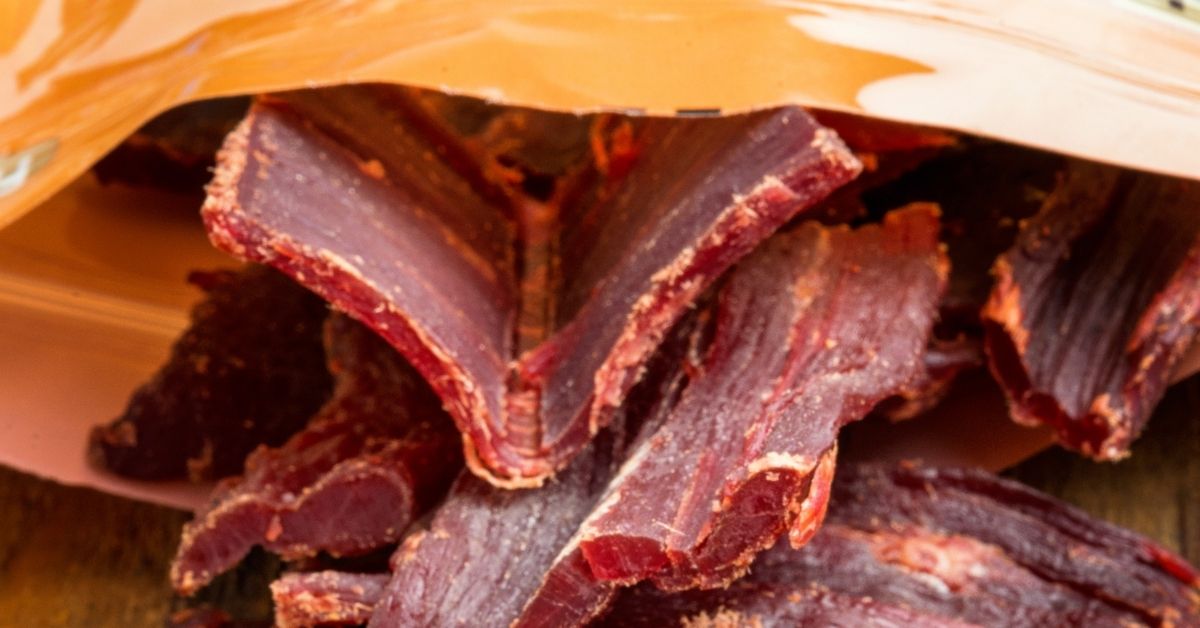


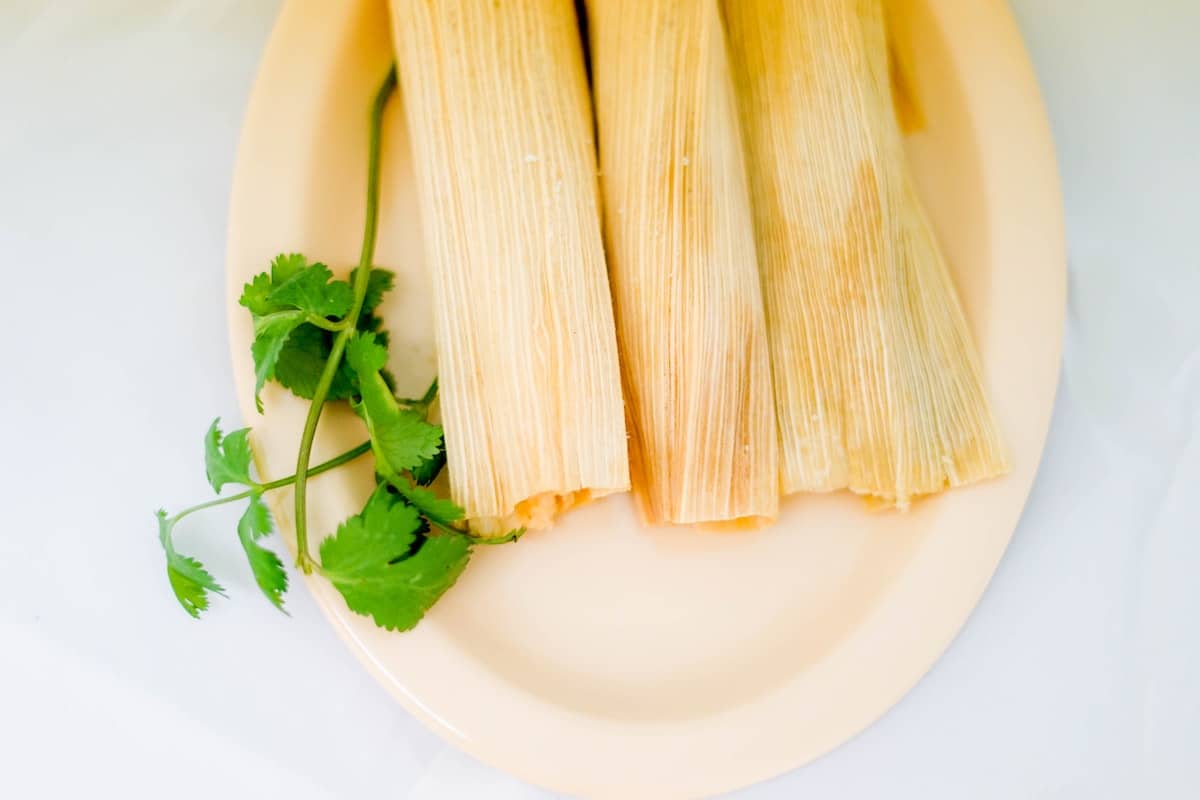
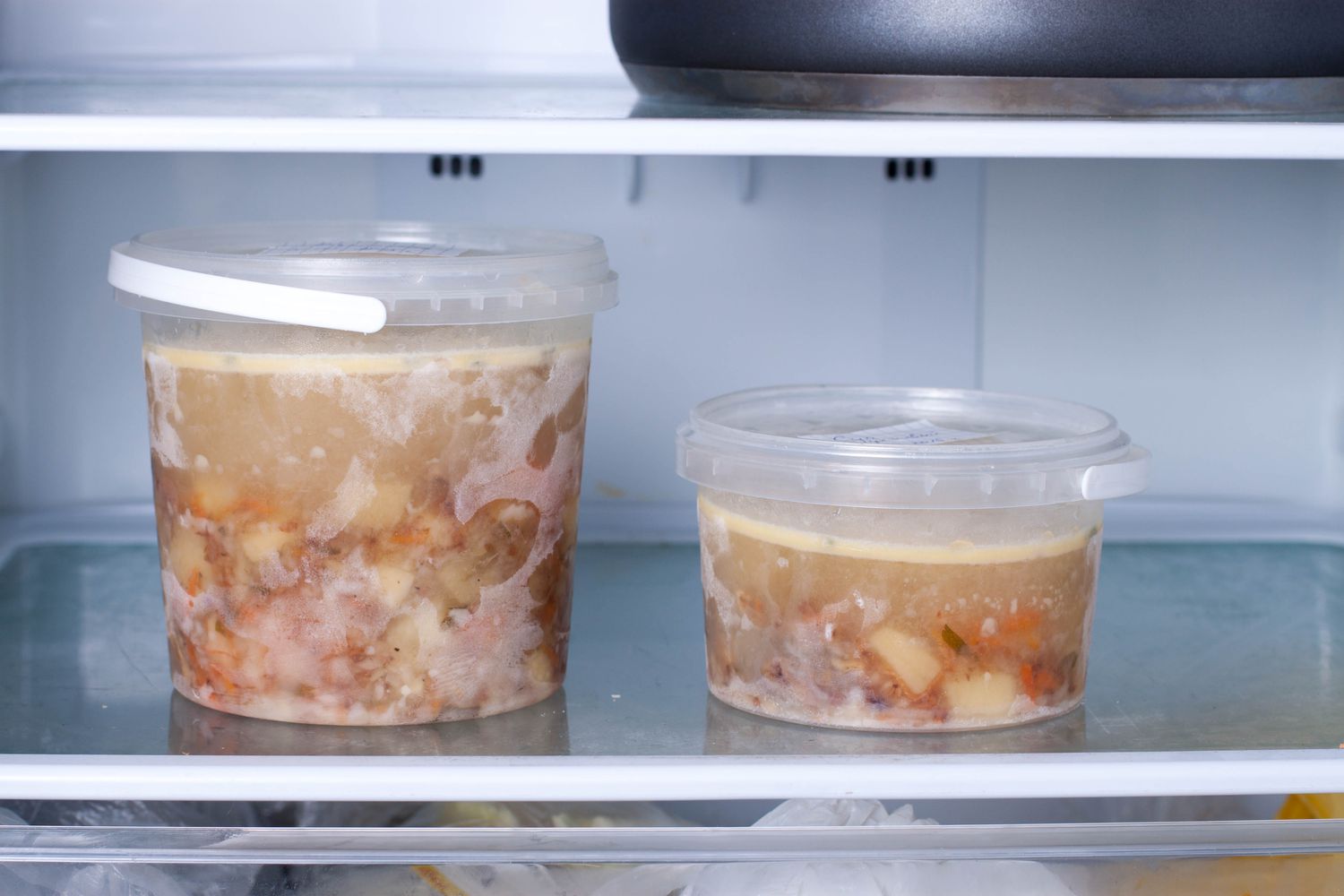
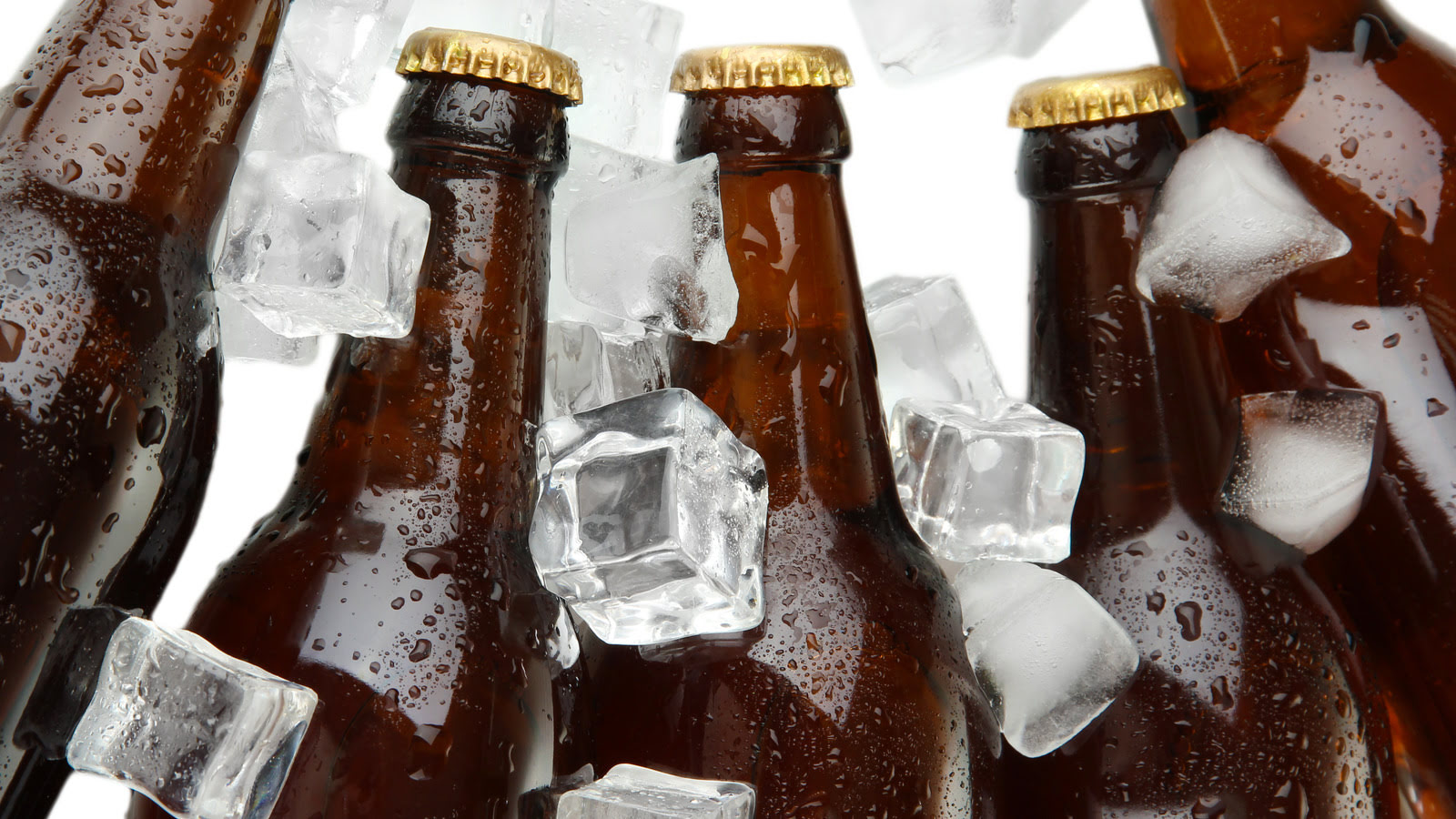

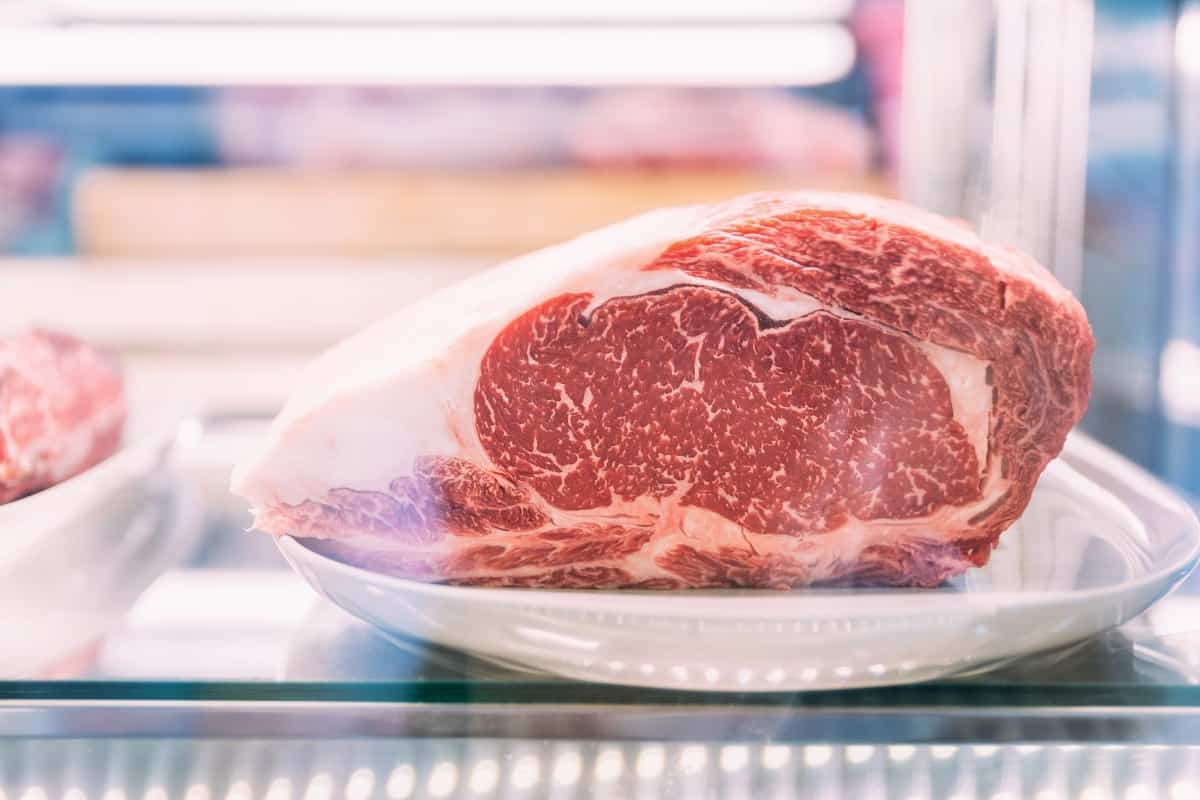


0 thoughts on “How Long For Jello To Set In Freezer”